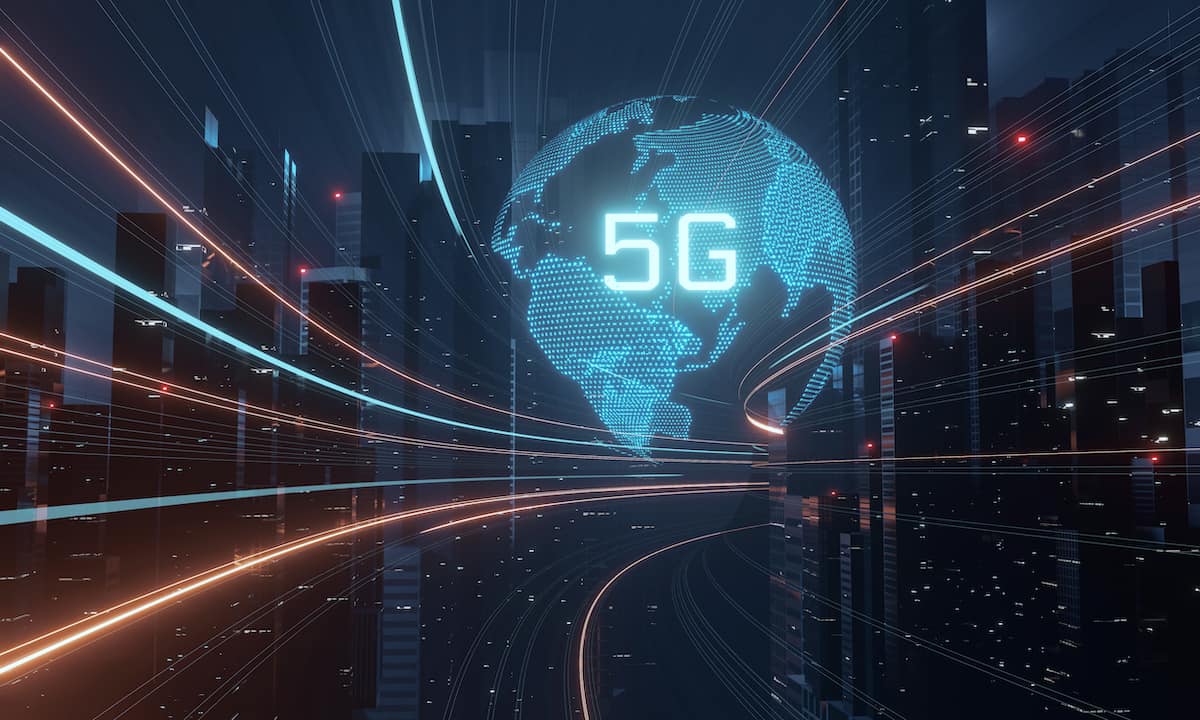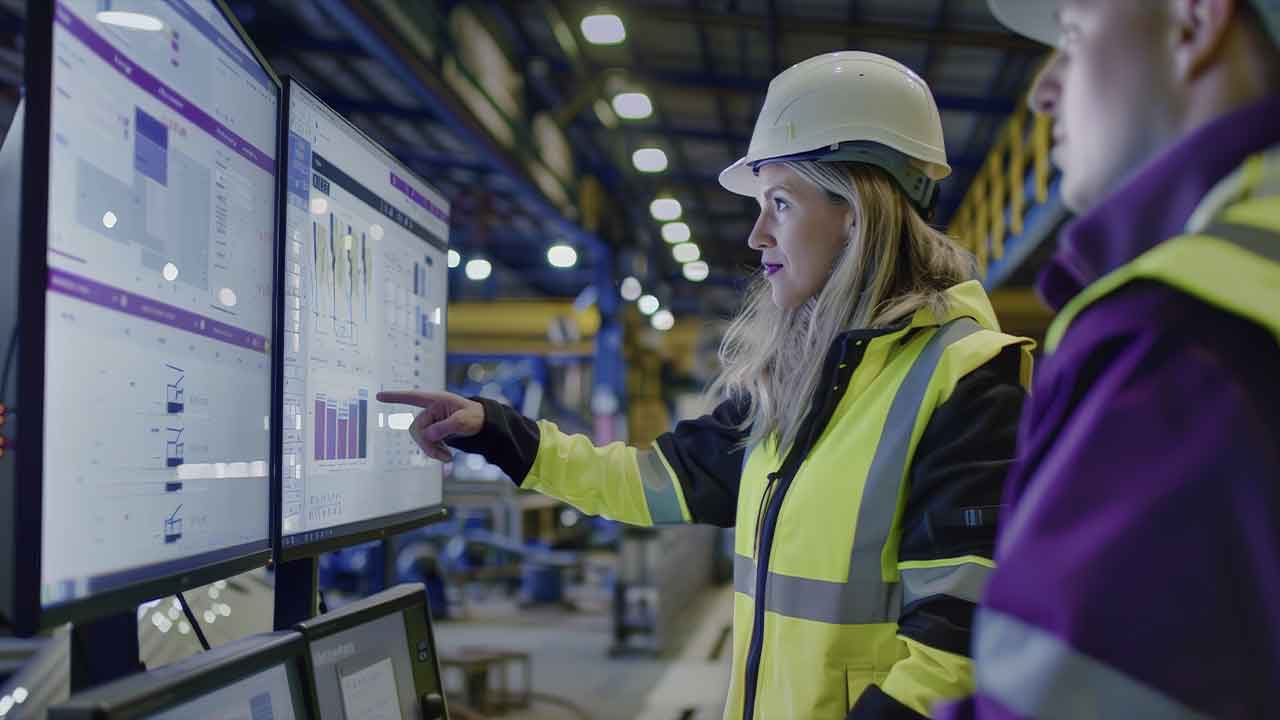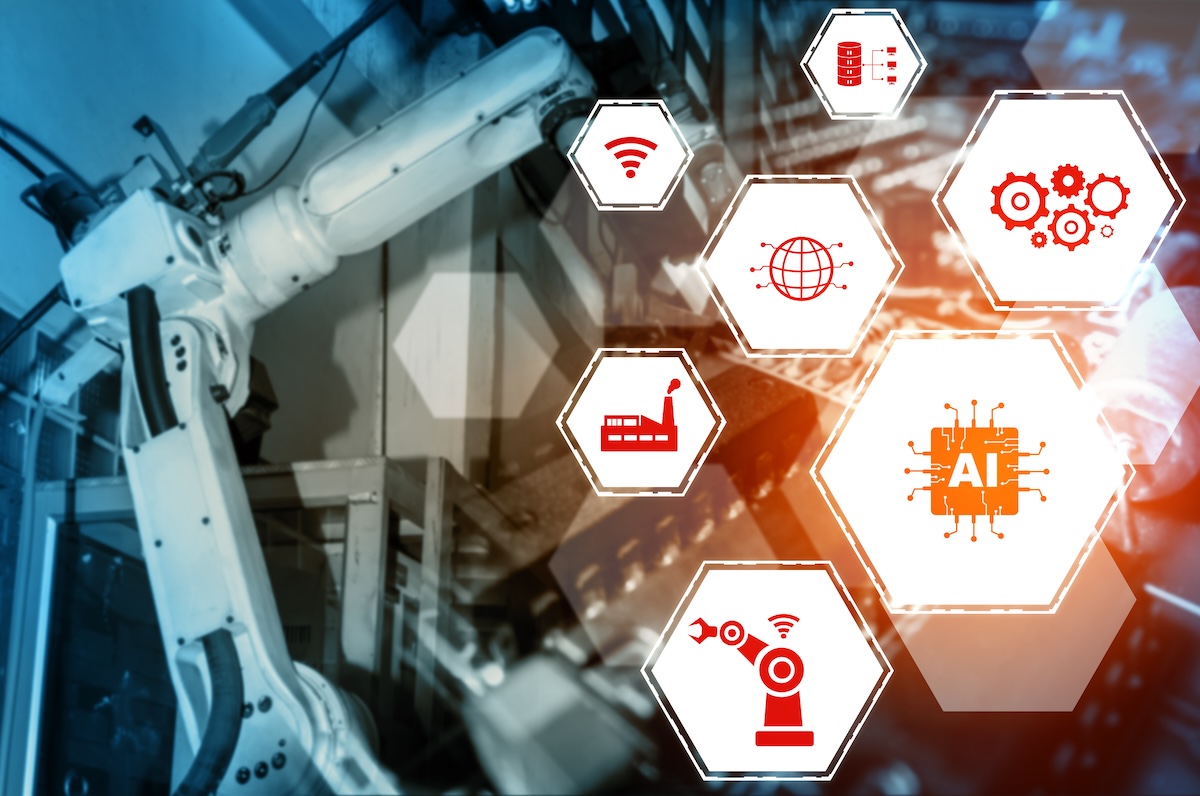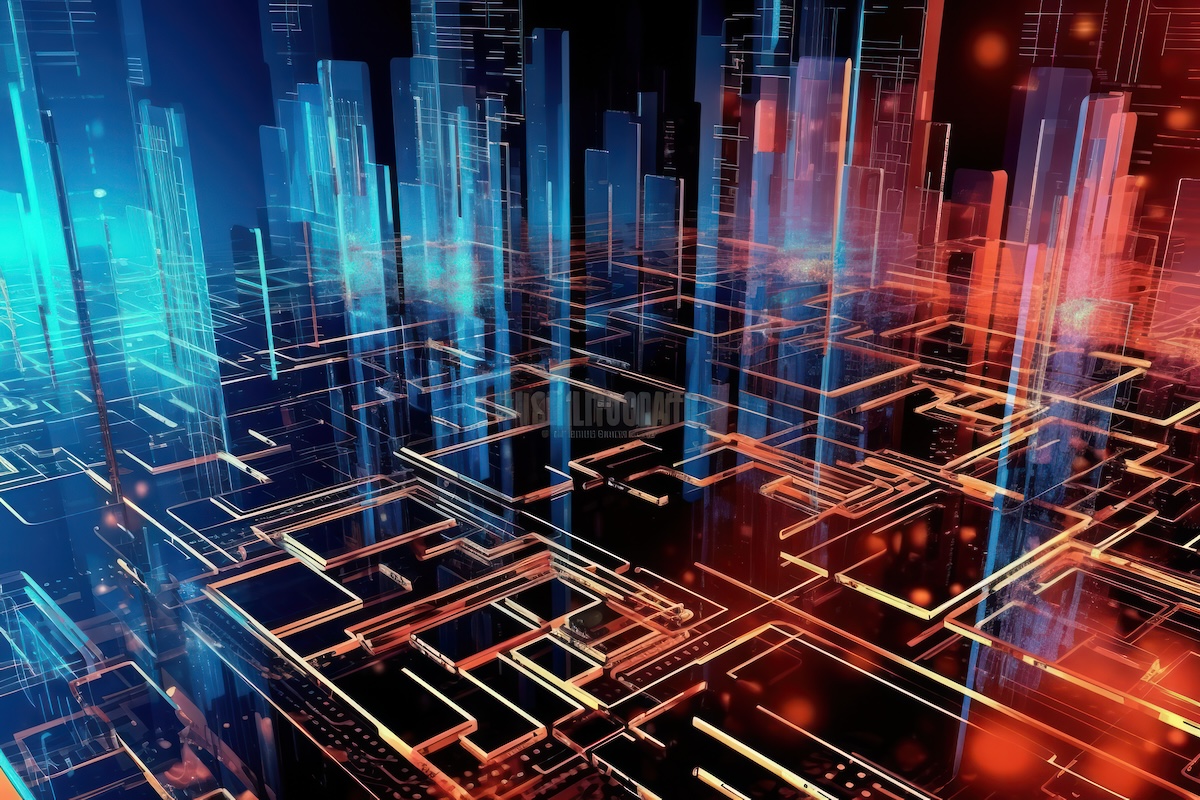Fact vs Fiction vs Future: What’s Next For 5G And IoT
I personally cannot remember another telecommunications rollout quite like 5G. For every article which heralds the next-generation capabilities of this network, there is another which warns of its dangerous potential. Meanwhile, for the rest of us, it is hard to know at what point between these two extremes lies the truth.
So, as the new year begins, I thought it useful to offer an update of where we are and where we are going in terms of this tech and connected devices. Let’s dive into the facts, fictions, and futures of 5G for IoT.
Fact: What We Know
Facts often get lost in the 5G conversation, but the technical certainties of this coming technology are what ignite excitement for many in our field. The tech’s potential for ultra high throughput — up to 4Gbps at peak speeds — and low latency is what IoT industry insiders predict will push forward applications which depend on a data-rich environment. For example, 5G is likely to enable us to control more devices remotely in applications where real-time network performance is critical, such as remote control of heavy machinery in hazardous environments, thereby improving worker safety, and even remote surgery.
Until now, remote surgery using wireless networks has been impossible because the lag time between input and output lasts around a quarter of a second. 5G, on the other hand, reduces latency to an almost instantaneous 2 milliseconds between devices. In effect, 5G promises to make remote medical care a reality and to be a change agent for the future of the industry. Of course, the IoT connection type for remote surgeries would need to offer direct communication and high security, like peer-to-peer, to enable peak network performance.
Fiction: Exaggerations And Distortions
There’s a lot to be excited here, right? So, what’s the problem? Well, the problem is that excitement often gives rise to exaggerations and distortions. Meanwhile, in the more extreme cases, exaggerations and distortions balloon into conspiracies and untruths.
Besides the (frankly laughable) conspiracy theories, the most pertinent fiction surrounding 5G for connected devices is the belief that it will change the world overnight. In comparing the technology to previous network upgrades like 3G and 4G, however, expectations should be tempered. While it is likely, for example, to make possible the digitization of factory floors thanks to high sensor density, network overhauls take time and the results will not be instantaneous. Instead, adoption will be slow and such improvements will happen incrementally over the coming decade.
Ericsson AB’s latest Mobility Report points out there will be 550 million 5G subscriptions in 2022. If this timeline is anything to go by, we are still years away from connected devices becoming commonplace in remote surgeries or heavy machinery.
Future: An Optimistic Horizon
In weighing up what we know against what we do not with 5G, there are plenty more reasons to be optimistic heading into the new year. Bigger device vendors like cellphone makers are fighting to bring this tech to the market at lower prices, while the news that 5G networks are up to 90% more energy efficient per traffic unit than 4G networks is sure to buoy government implementation.
We will certainly start to see movement in this space in the coming two years, and this should be met with excitement rather than apprehension. Personally, I do subscribe to the viewpoint that 5G will (eventually) bring big changes to the way we interact with technology — and this could, in turn, produce important societal evolution.
For example, The United Nations has identified 17 goals for sustainable development by 2030, and connected devices are set to prove critical to achieving many of these lofty goals. For example, smart agriculture is empowering farmers to produce better crops and more food, thus driving down food prices and availability in the fight against hunger. Meanwhile, IoT projects are bringing clean water to developing regions and helping connect all the elements of power production and consumption to unlock green, affordable energy.
Better connection and low latency thanks to 5G will assist tech manufacturers to enhance these solutions and bring about a better tomorrow. The IIoT future certainly looks bright, but readers must remember to lower their expectations in terms of the timeline and not believe everything they read about 5G on Facebook.
About the Author
 This article is by Carsten Rhod Gregersen, CEO and Founder of Nabto, a P2P IoT connectivity provider that enables remote control of devices with secure end-to-end encryption.
This article is by Carsten Rhod Gregersen, CEO and Founder of Nabto, a P2P IoT connectivity provider that enables remote control of devices with secure end-to-end encryption.



